The United States has thousands of nuclear weapons. We have had more at one time or another, as many as 32,000 of them at one point.
Given that most of the weapons have more explosive power than 10,000 tons of TNT (10 kilotons), you would be right to speculate that this is an excessive amount of force. We have more than enough power to destroy almost every city of every adversary we have, enough to kill millions of people, and to radiate anyone left alive.
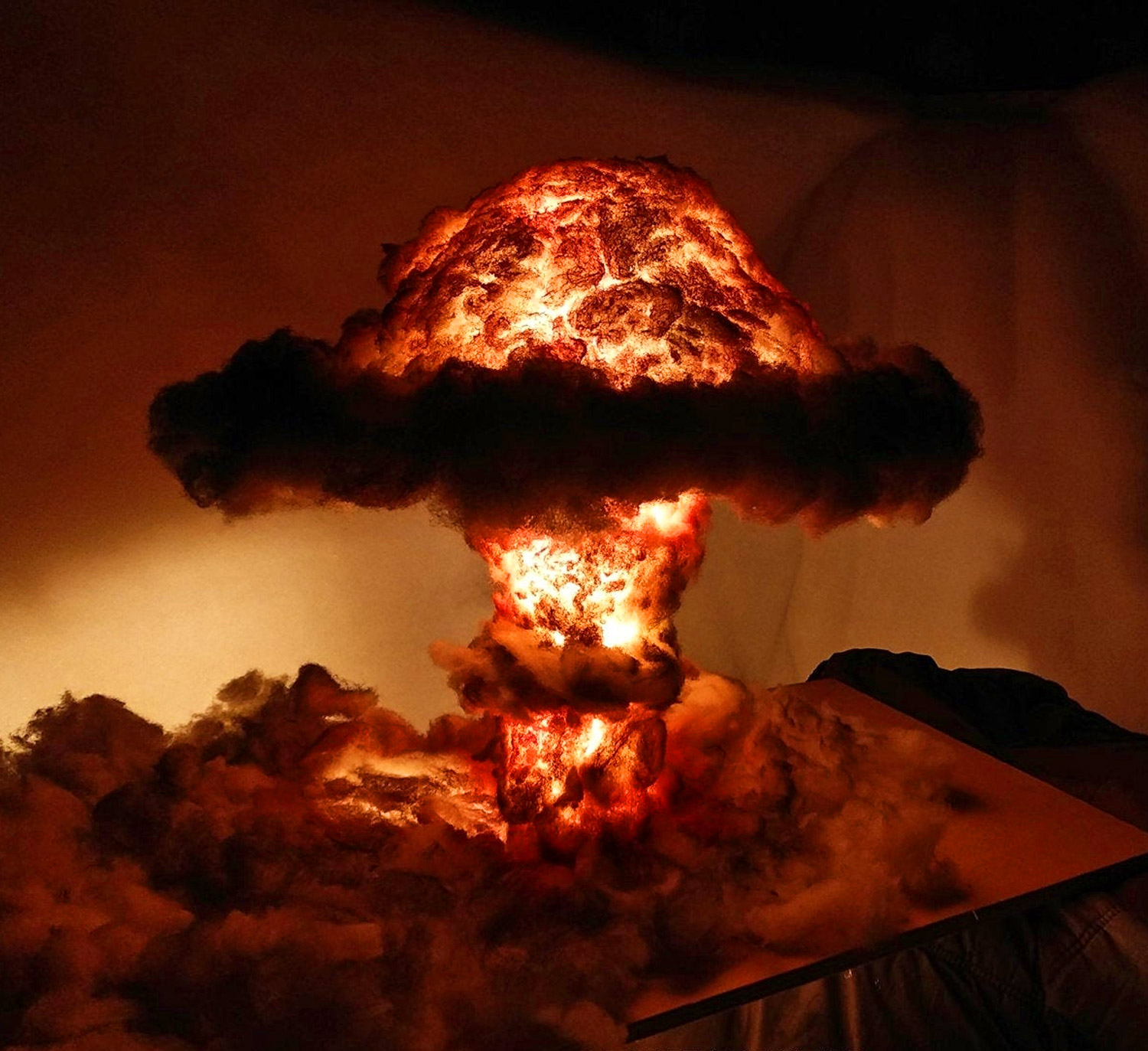 Virtually all of the bombs are so-called “strategic” weapons, capable of launching a first strike against an enemy or more than adequately respond to a first strike aimed against us. There is a so-called “nuclear triad” of delivery systems that includes long-range heavy bombers, intercontinental ballistic missiles, and nuclear-equipped submarines, ensuring that if there was a successful enemy effort to take out one arm of the triad, the other arms are ready to go. The submarines are the least vulnerable.
Virtually all of the bombs are so-called “strategic” weapons, capable of launching a first strike against an enemy or more than adequately respond to a first strike aimed against us. There is a so-called “nuclear triad” of delivery systems that includes long-range heavy bombers, intercontinental ballistic missiles, and nuclear-equipped submarines, ensuring that if there was a successful enemy effort to take out one arm of the triad, the other arms are ready to go. The submarines are the least vulnerable.
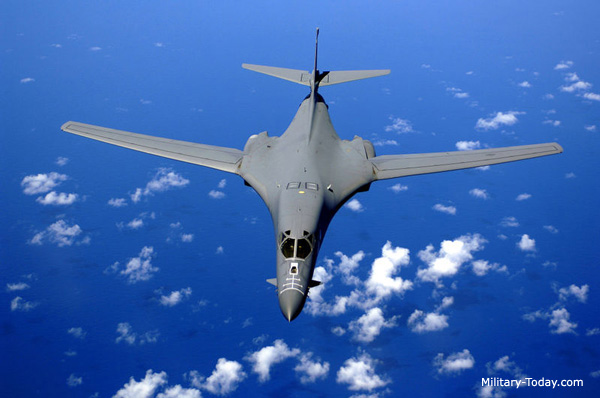
We got into this mess against the wishes of every president after the end of World War II, all of whom thought “the bomb” was too destructive to be used in anger. Pictures of the remains of Hiroshima or Nagasaki tell as much of a story as anyone needs since the bombs that destroyed those Japanese cities were tiny in comparison to any weapon we might deploy against an enemy target today, or in most of the years since the end of the war.
The U.S. Military has run up the roster of nuclear weapons. All three branches have had a hand in it, in fact they have played a competitive game to see who would have the most capability that would be quickest at launching Armageddon.
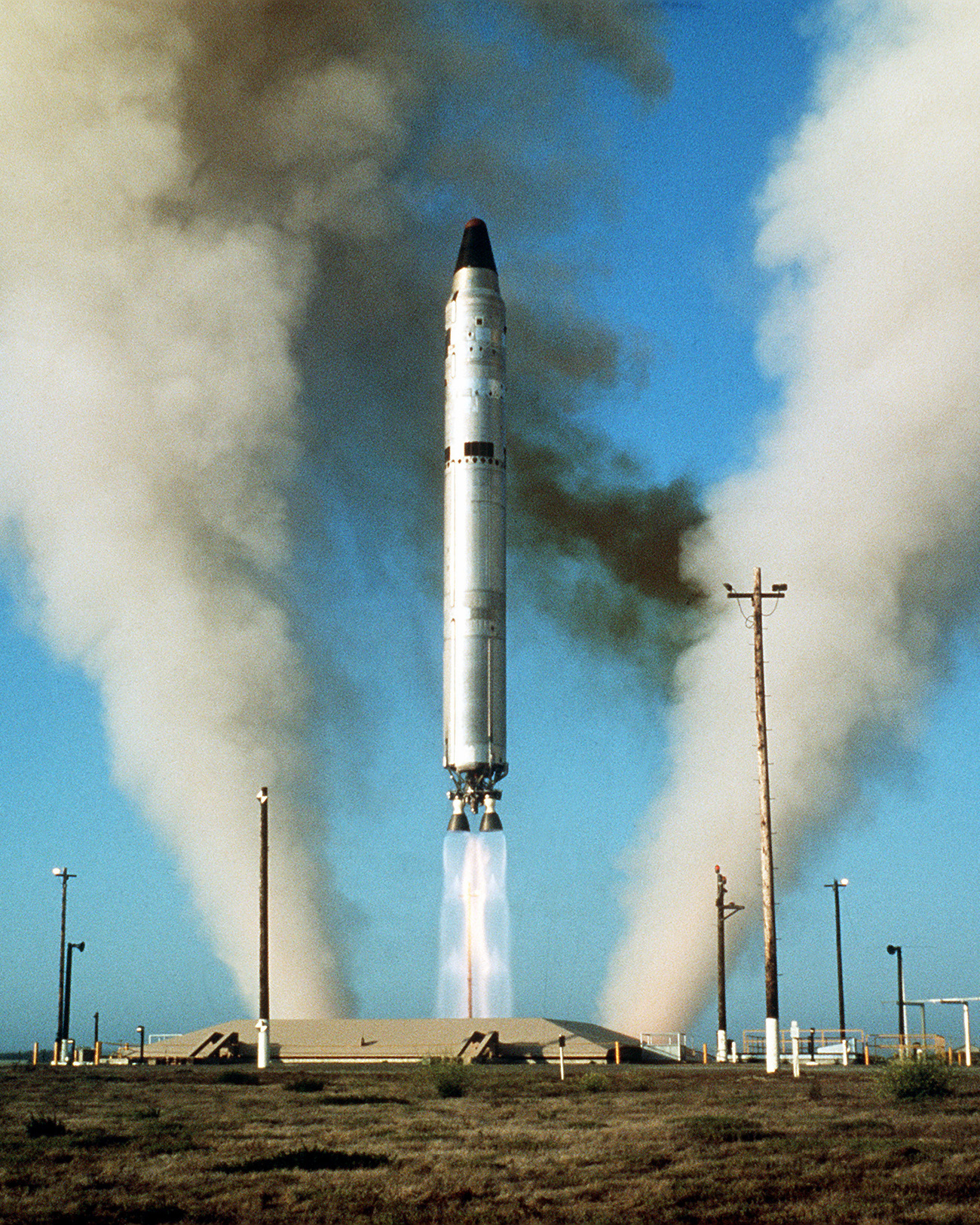
The problem is that the Russians and the Chinese, while not quite as richly equipped as we are, have more than enough capability to destroy multiple target cities and military installations here. So, the logic goes, we must be ready to retaliate or, in the parlance of the Nuclear Age, to create deterrence. If you blow up my government and kill my people, I’ll blow up yours, so don’t even try.
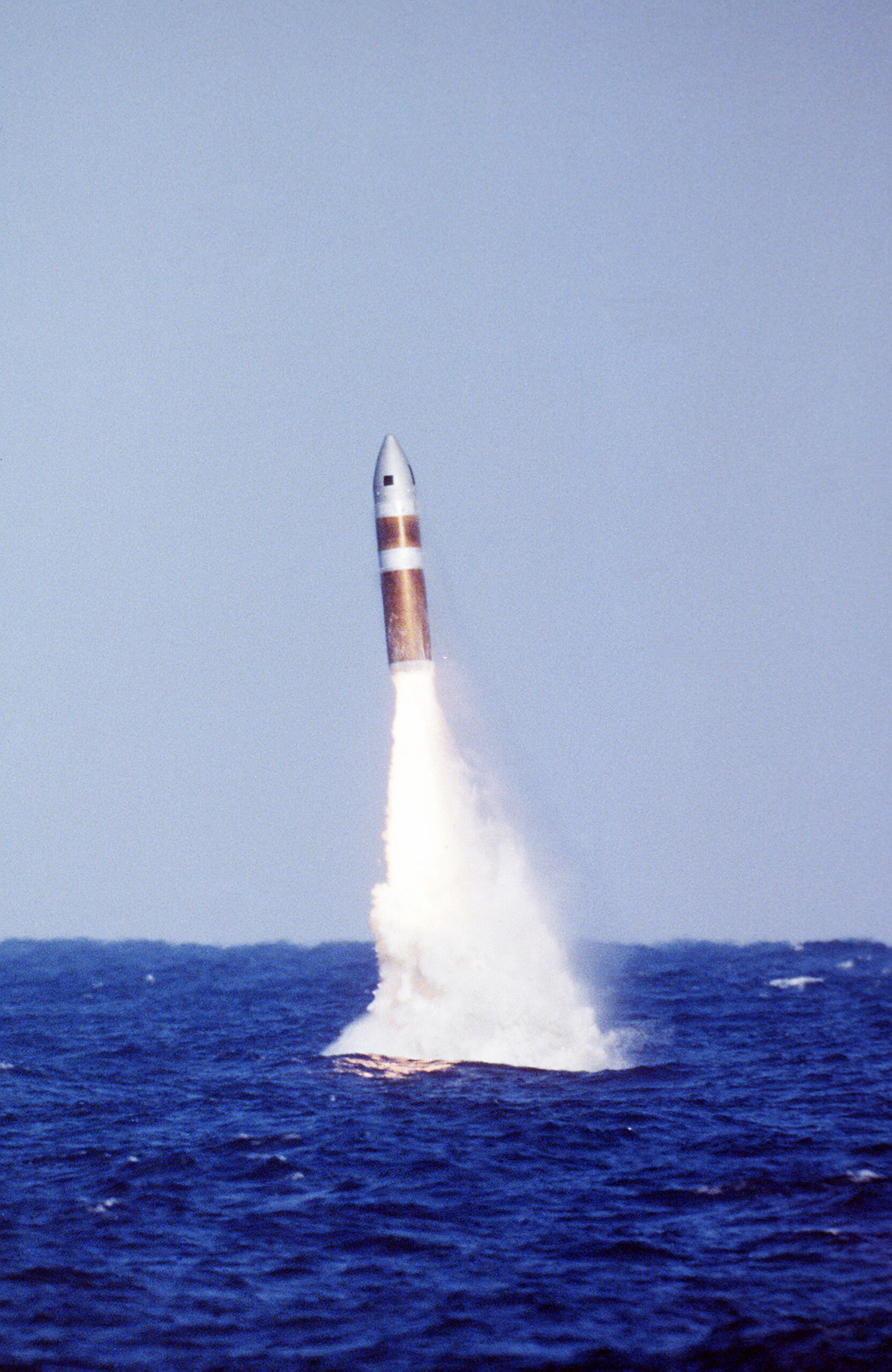
There have been occasional efforts to bring nuclear weapons into post-World War II skirmishes like Korea, the Cuban Missile Crisis and Viet Nam, but cooler heads have prevailed, usually at the White House. Indeed, part of the strategic planning that is in place at this moment includes launching nuclear bombs against Russia or China if they were on the attack in a normally fought war, say in an invasion of the NATO countries.
But, according to The Bomb author Fred Kaplan, President Donald J. Trump’s “Fire and Fury” rant in the first year of his administration focused our nation’s attention, and the world’s attention, on the very real possibility of nuclear war. It obviously turned out to be misplaced fear as Trump backed down in the face of Kim Jong Un’s popgun-sized nuclear capability.
The Bomb goes on and on about the various stages of development of our strategic plans. One president after another would ask if this was necessary and the answer from the military was always “yes.”
For example:
At one point, SAC planners were asked how many Russian, Chinese, and Eastern European people would die in the all-out version of SIOP-62’s (our strategic plan) attack. The answer came back: at least 275 million. Who ever heard of such a number? What kind of war, what plausible strategic goal, required killing so many civilians? Ours, it turns out.
An analyst sent by Eisenhower asked a CIA liaison for the Soviet city that most resembled Hiroshima in the strategic plan. Then he asked how many weapons the plan laid down on that city. The answer was one 4.5 megaton bomb followed by three 1.1 megaton bomb. The Hiroshima bomb was about 12.5 kilotons.
Redundancy was a key part of all the planning. To ensure a target would be destroyed with 95-97% confidence, the planners would allow for about 7 bombs to be launched at the target. If some missed or failed, the target would be destroyed anyway. Many of the targets were also close to each other and would be destroyed by bombs hitting other targets.
It goes on, and we still have it. Trump, it turns out, wanted more . . . more bombs, more delivery vehicles so he could have more nuclear capability than any previous president. He didn’t get it.
There is way too much information in this book to absorb. I actually got bored while being scared to death because the writing style dumps information on the reader more in the style of a government report than a book. No stylized inflections, no real story arc . . . just a flat-lined story that goes on and on for 75 years.
It’s a long and scary story.
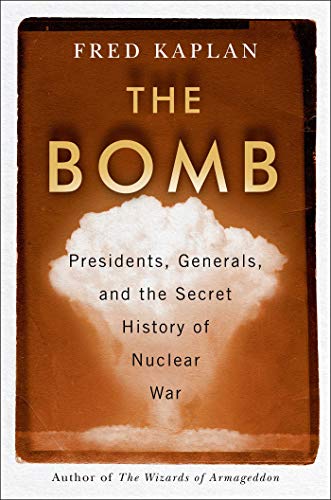
Recent Comments